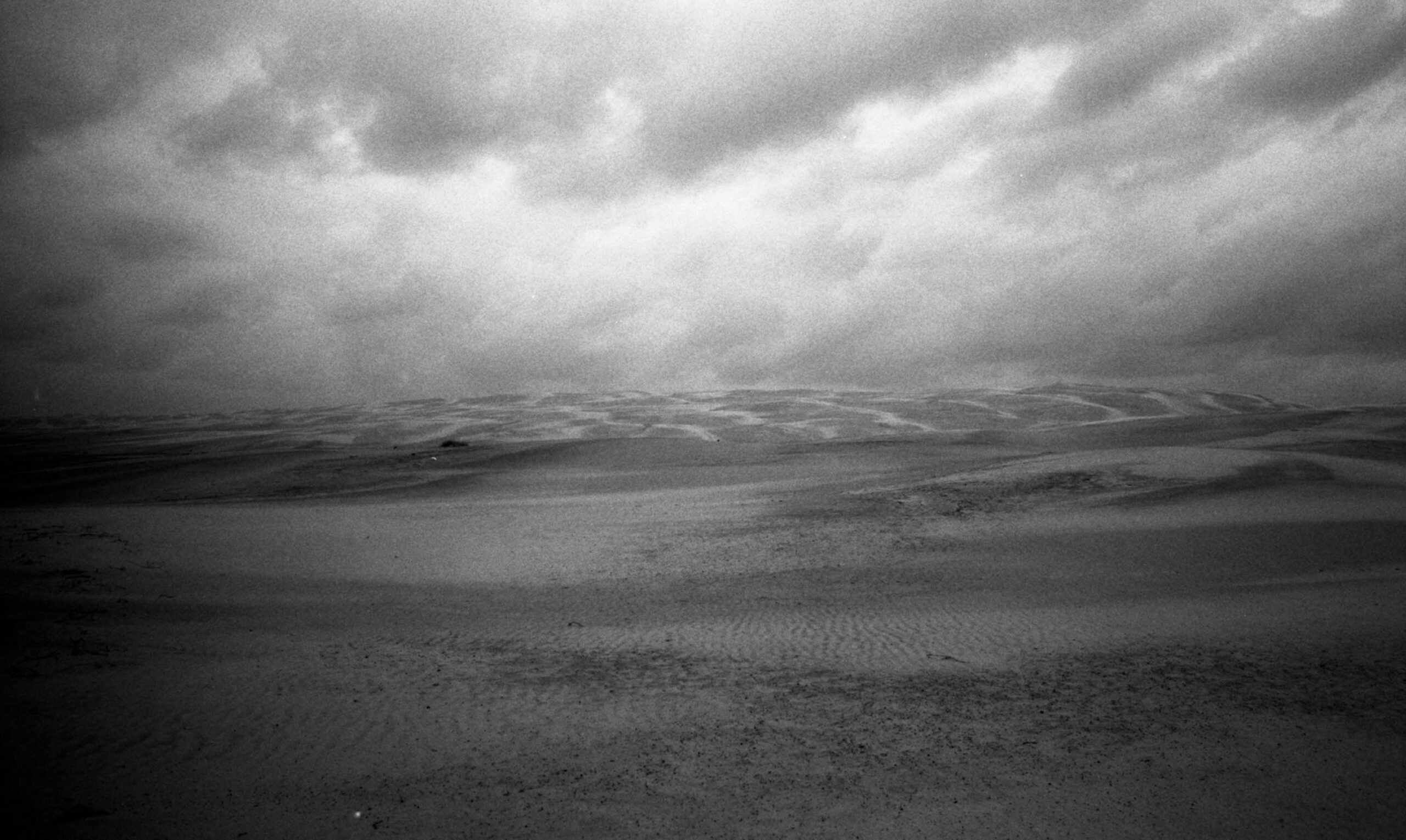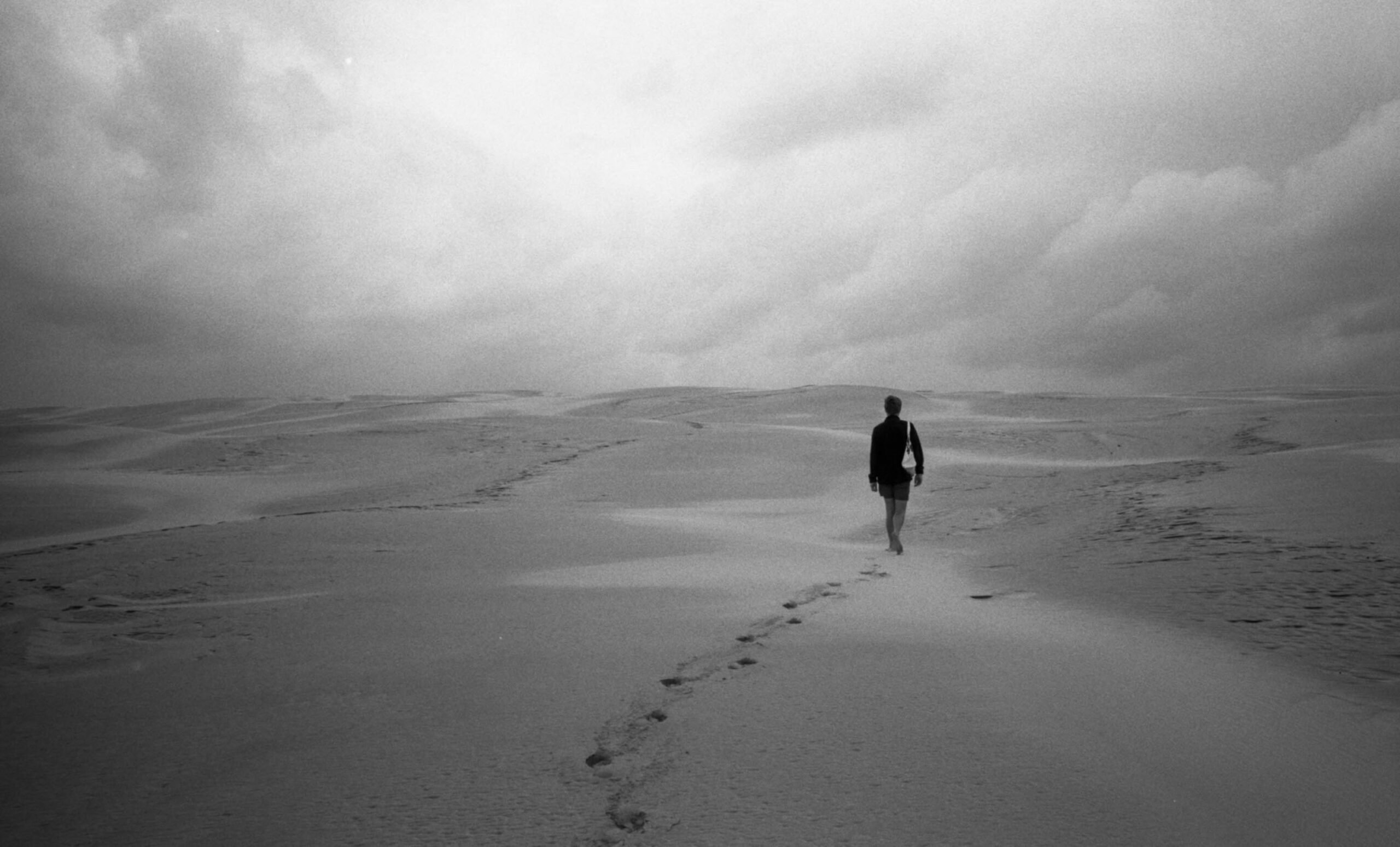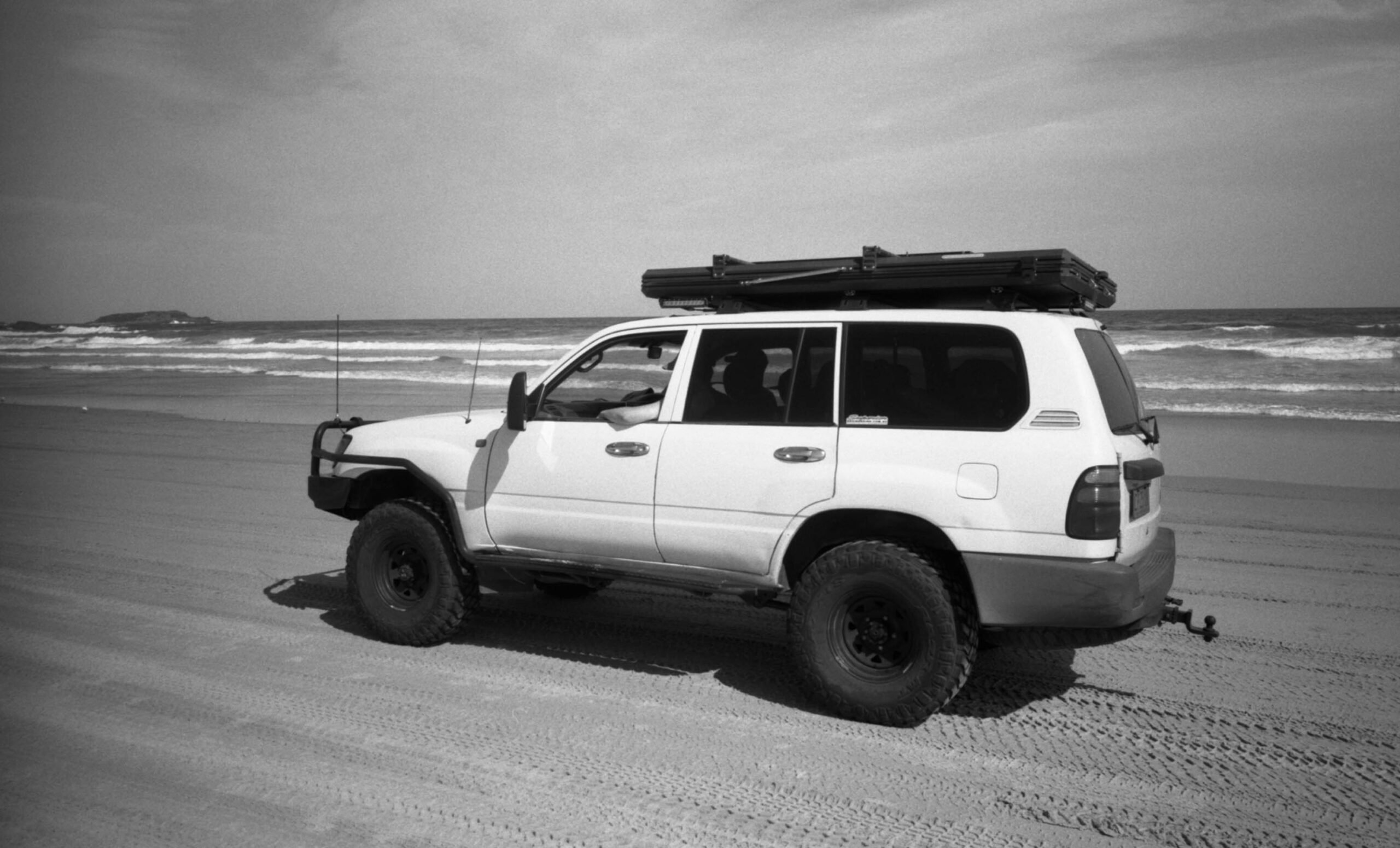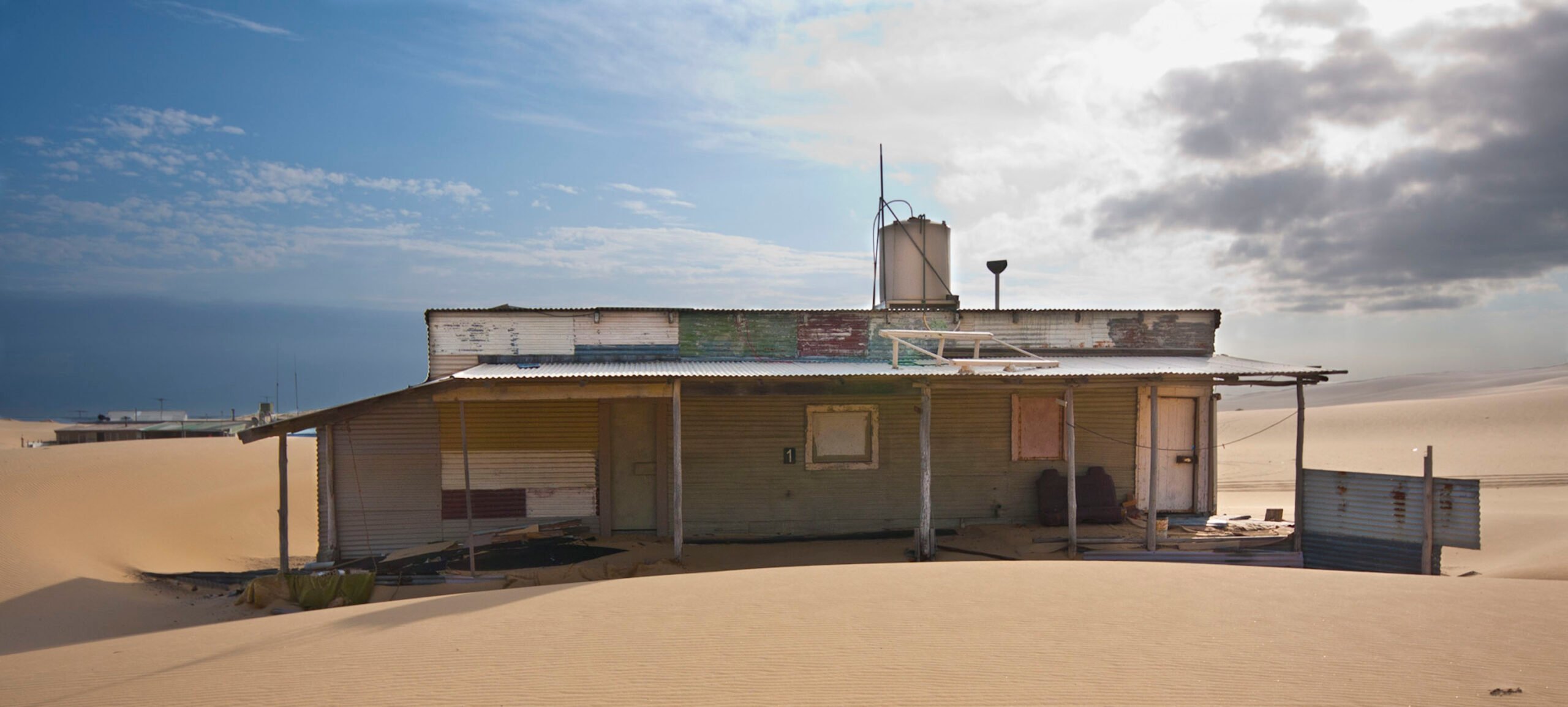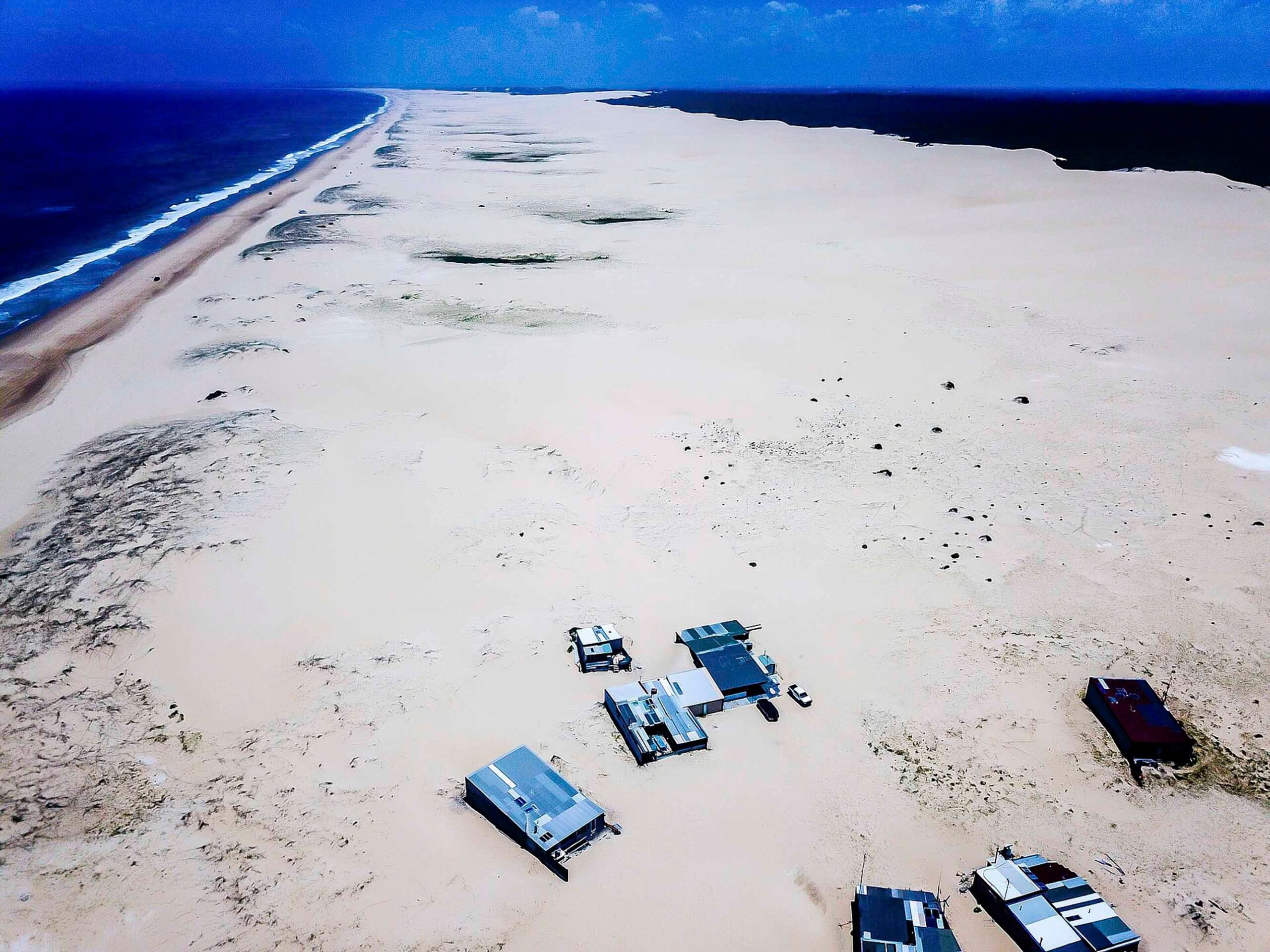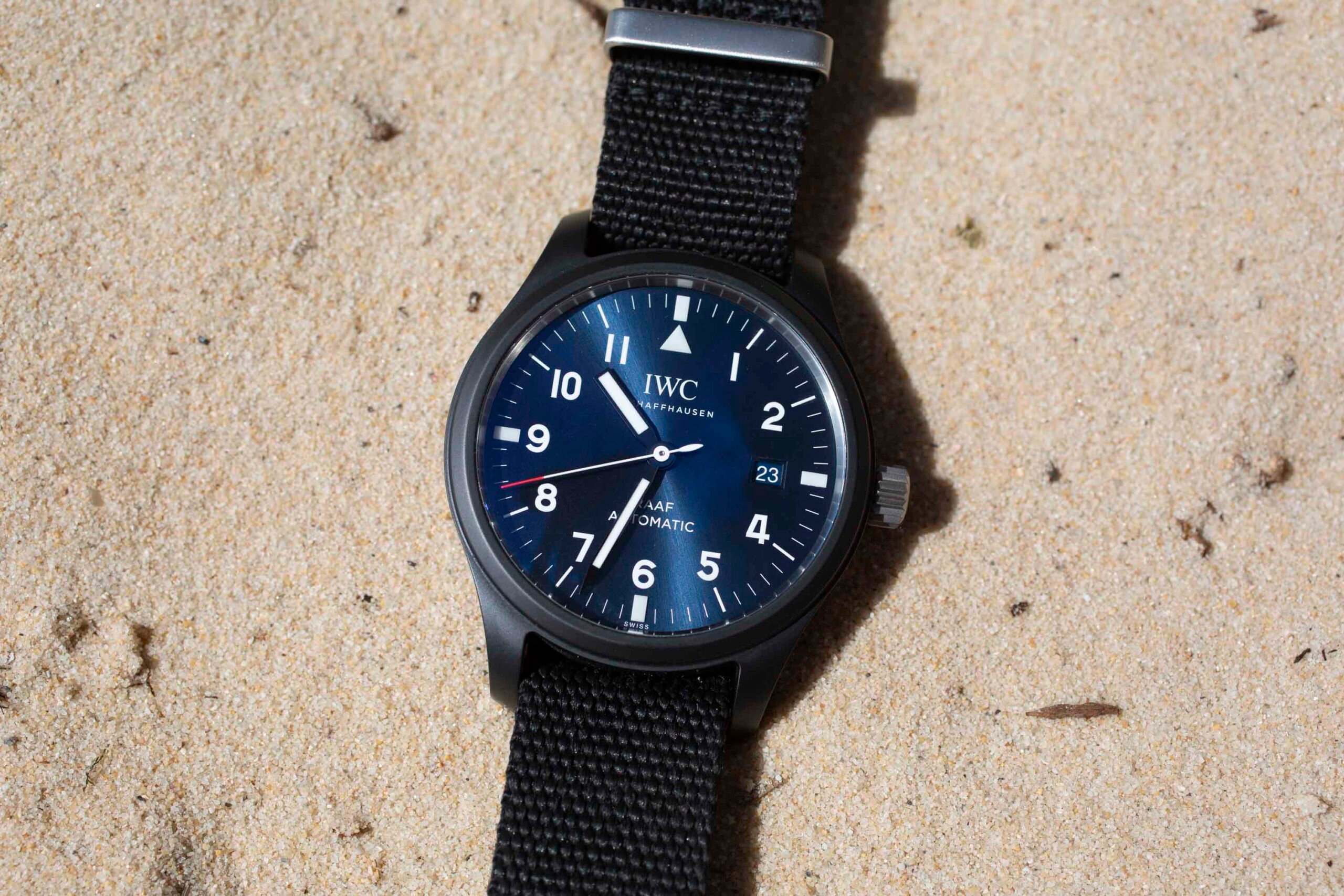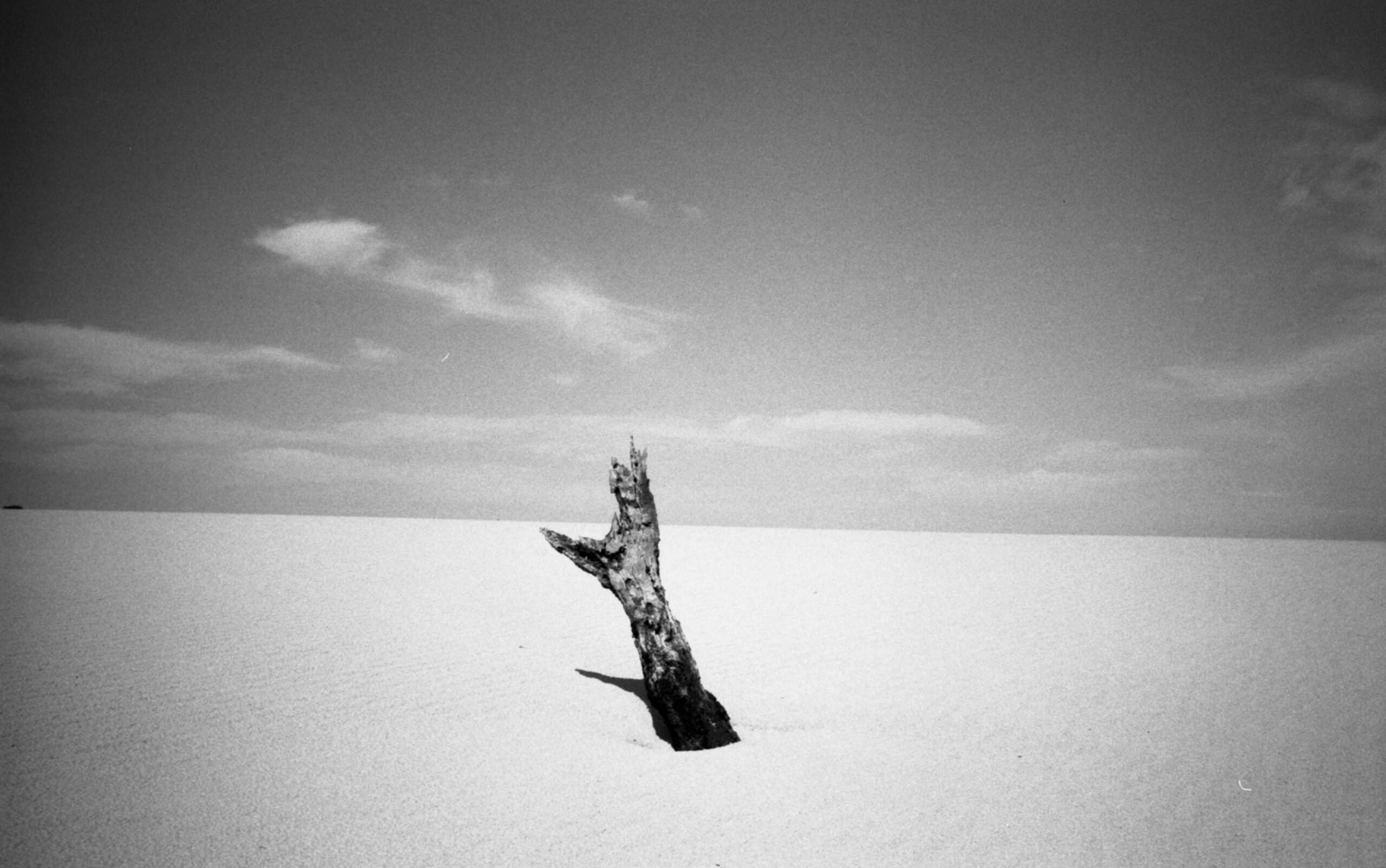Photographing Giant Dunes With The IWC RAAF Pilot’s Watch
On a recent trip to a series of massive dunes on Australia’s east coast, I had to contend with what watch to take. In the end, I decided to take the IWC RAAF Pilot’s Watch due to its ceramic construction.
You see, ceramic cases offer several advantages over stainless steel. One of those is the fact that they don’t heat up like stainless steel cases. In the baking heat of the dunes, this was a real advantage. There’s nothing worse than the significant heat emanating from a steel watch on your wrist in the mid-summer sun.
Like being on Mars
The Stockton dunes, just north of the Australian city of Newcastle, form part of Stockton Beach. Stockton Beach lies in the Worimi Conservation Lands. The beach runs 32 kilometers (20 miles), with massive hills of sand towering above the tree line. Upon reaching the top of one of those dunes, one can only see sand and ocean as far as the horizon. It is like being in another world.
For more than 80 years, Stockton Beach has been the site of numerous shipwrecks and aircraft crashes. In the Second World War, it was fortified against an expected Japanese attack. Concrete tank traps are still there and now mark one of the area’s parking lots. During WWII, the beach served as a bombing and gunnery range. It was also a dumping ground for unused munitions by aircraft returning from training missions.
A site of shipwrecks and ghost towns
This area known for its shipwrecks, ghost towns, and haunting dunes formed the dramatic backdrop for a photographic adventure over my Christmas break. Some parts of the beach are up to a kilometer wide, with dunes that can soar over 30 meters (98 feet) high. These form the largest continuous dunes of their type in the entire Southern Hemisphere.
Along the coast lies the wreck of the MV Sygna, a Norwegian bulk carrier. The vessel ran aground on the dunes in 1974 during a massive storm. The sheer size of the vessel that was shipwrecked here reveals the power of the storms that can occur.
Tin City
By the end of the 1800s, so many shipwrecks had been occurring on Stockton Beach that two tin sheds were built on a part of the beach to hold provisions for shipwrecked sailors. In the Great Depression of the 1930s, a group of squatters build more tin shacks about 11 kilometers (seven miles) south of the northern tip of the beach. Eleven of those shacks remain and are collectively known as Tin City. Several scenes of the 1979 film Mad Max used Tin City.
When I go on these prolonged photographic adventures, taking the right watch incurs some thought. It almost always has to be a water-resistant piece. Usually, this is something like my Tudor Black Bay 58, which has accompanied me on a large number of adventures. I ended up taking that Tudor from Australia’s Red Centre to Tasmania on different trips.
Taking the IWC RAAF Pilot’s Watch on a photographic adventure
I recently spent some significant time with this IWC RAAF (Royal Australian Air Force) watch. It has been on a long-term loan thanks to an earlier article I wrote on the watch and an understanding, patient, and generous friend in the RAAF. The watch is the result of a collaboration between IWC and members of the RAAF who wanted to design a watch that honored the role the original IWC Mark 11 played in the 1950s.
The RAAF model houses IWC’s latest ValFleurier-based caliber (the same one found in the Mark XX), providing 120 hours of power reserve. The case is made of ceramic with a titanium case back and crown. This screw-down crown helps provide a 10-bar water resistance rating, which is more than enough for any aquatic adventure I would plan to throw its way. Most important for me was the fact that ceramic doesn’t heat up like steel. This is a serious consideration in scorching climes, as this part of the world can be.
Why taking the IWC RAAF Pilot’s Watch was the right choice
Photographing dunes is both technically and physically challenging. One moment, the sand will light up like fire in the sunlight. The next, a large storm can bear in and wreak havoc. Dunes are an unpredictable landscape. For the trip, I predominantly shot on 35mm film — a mix of monochromatic and slide color film, to be specific. The cameras I used were a Leica MP (with an inbuilt light meter) and an M4-P (no light meter). My lenses were predominantly on the wider side of the spectrum.
When out in dunes, the first thing you’ll notice is the sheer power of the wind. It whips up sand, which can hit you square in the face with a lot of force. This is why the Stockton dunes can move as much as four meters (13 feet) each year, despite their massive size. The blowing sand would make mincemeat of a vintage watch. It seems to be able to find its way into any small nook, crevice, or cranny. Thankfully, the IWC RAAF held up in these conditions (better than my eyes, which copped a lot of sand). The water resistance was welcome for the multiple ocean dips too, so this watch ended up being the perfect one for the job.
A time for reflection
I don’t know about you, but I often use adventures like this as a time for reflection. Recently, I have had some significant shifts in my personal life, so what better way to enjoy more freedom than to head out into the world? That’s one of the best elements of this hobby; it makes us think about things outside of our bubble. From history to human stories, there is so much beyond the watches themselves that makes for an interesting pastime.
There are some similarities in the analog film photography hobby too. It forces you to slow down and appreciate mechanical objects. Witnessing the beauty and complexity around you is a vital part of the hobby. I’ve always felt that these two interests have been a natural fit.
Concluding thoughts
Taking the right watch on the right adventure is an important factor to consider. Sometimes, when the adventure is a little more on the unusual side, some extra thinking needs to go into the right choice. Should it be an ocean-capable watch? Does it need to be dressy or not? How will it handle temperatures?
What about you, Fratelli? What has been the right watch for one of your memorable adventures? I’m looking forward to reading about them in the comments.

